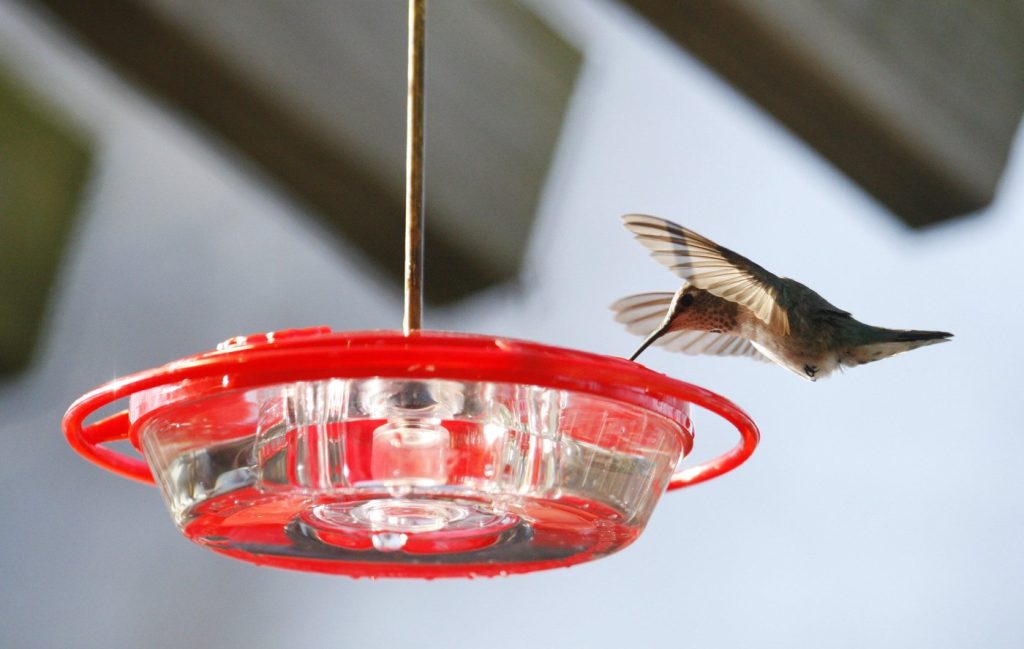Migratory hummingbirds, powered by nectar, undertake remarkable journeys spanning thousands of kilometers annually, breeding in regions such as British Columbia before migrating south to Mexico to escape winter's chill. This astounding migration can be physically taxing, leading these tiny birds to enter a state of temporary hibernation known as torpor. During torpor, hummingbirds significantly reduce their respiratory and heart rates, allowing them to conserve energy for several hours. In fact, some individuals can appear so inactive during this time that they are mistakenly believed to be dead.
Recent research sheds light on the occurrence of torpor in specific species of hummingbirds frequently found in British Columbia. The study, led by Shayne Halter, a Ph.D. candidate at the University of New Mexico's Department of Biology, marks an early step in understanding the energy management of hummingbirds during their demanding migrations and the potential impacts of ecological shifts on their food sources.
Halter emphasizes the precarious metabolic situation of hummingbirds, stating, "These hummingbirds are on what we call a metabolic knife edge, where they have to have energy, a constant flow of energy, or they just won’t survive." He notes that in areas like New Mexico, the availability of nectar can be unpredictable, especially with ongoing land use changes and climate alterations potentially exacerbating this unpredictability.
Published in January in the journal Proceedings of The Royal Society B: Biological Sciences, Halter’s research reveals critical insights about the Calliope and rufous hummingbirds. The study shows that these birds require a minimum of 180 milligrams of fat in the morning to sustain their activities, automatically entering torpor to preserve energy once their fat stores reach 500 milligrams. Halter gathered data at a site near Mimbres, New Mexico, from July to September 2022 and expressed interest in collaboration with Canadian researchers to delve further into this phenomenon. He speculated that hummingbirds in cooler Canadian climates might exhibit higher fat thresholds for entering torpor.
Halter views his research as an essential preliminary exploration into the limits and energy usage of migratory hummingbirds and underlines the necessity for more extensive studies over time to observe potential changes in these patterns. Additionally, concerns were raised regarding the declining populations of hummingbirds; the 2022 State of the Birds report by the U.S. Committee of the North American Bird Conservation Initiative reported a staggering 50% loss of rufous hummingbirds since 1970.
Understanding the dynamics of torpor remains critical for the survival of hummingbird species. Halter pointed out that when food sources dwindle, entering torpor poses risks as birds become vulnerable to illnesses and predation. "For the non-scientific person, (understanding torpor) is really for the sake of keeping these species alive and not allowing them to be threatened any further," he remarked.
Jackie McQuillan, the program director at the Wildlife Rescue Association of B.C., highlighted how new findings about hummingbirds can educate the public on supporting their local populations. She explained that understanding the necessity of specific fat reserves for hummingbirds can help in advocating for the planting of quality native flowers to provide the essential food these birds need.
The Wildlife Rescue Association handles around 150 hummingbird cases annually, mostly comprising Anna's hummingbirds, which do not migrate but enter torpor to endure cold conditions, alongside a smaller subset of rufous hummingbirds. McQuillan shared anecdotes of individuals mistaking hummingbirds in torpor for dead, only to observe their revival as they warm up and regain activity during transport to the rescue facility.
Alison Moran, director of the hummingbird project at Victoria’s Rocky Point Bird Observatory, praised Halter's research for complementing existing studies regarding the behavior and physiology of migrating hummingbirds. Moran noted the remarkable changes in weight hummingbirds experience while migrating, as they can grow from just a few grams to an impressive 4.5 grams or more. "It’s really nice to understand how they’re using torpor and fat deposition," she stated, adding that Halter's work significantly contributes to the understanding of these processes.










